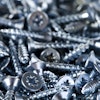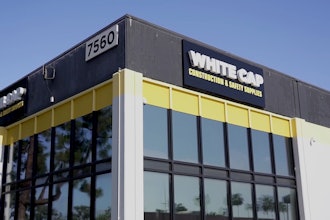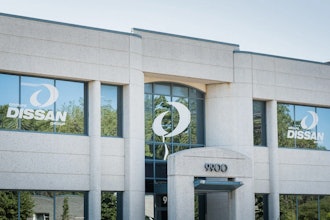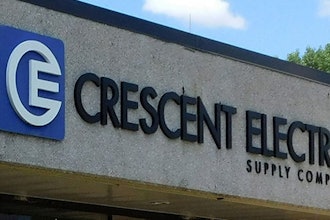Danbury, CT - James S. Sawyer, Chief Financial Officer of Praxair, Inc. makes the case for focusing on accelerated depreciation in the federal tax reform debate in a recent op-ed appearing on The Huffington Post. Praxair, a Fortune 250 company, is committed to working with Congress on future tax policy that creates more quality jobs within the United States and promotes long-term investment and growth in the economy.
The Huffington Post: The Case for Preserving Accelerated Depreciation
James S. Sawyer
Executive Vice President & Chief Financial Officer, Praxair, Inc.
October 4, 2013
When it comes to the economy, one thing that most Americans can agree on is that we don't want policies that drive jobs out of the United States.
Eliminating "accelerated depreciation" does just this.
The prospect of comprehensive tax reform received a boost this week when Senate Majority Leader Harry Reid (D-Nev.) offered to open negotiations on tax reform if Republicans would agree to a clean resolution to reopen the government. If negotiations do commence, various tax reform objectives are sure to be voiced -- reducing the Code's complexity, changing its progressivity, raising more revenue, and cutting "special interest loopholes." Whatever the merit of these objectives, one key point must not be lost: corporate tax reform should make American companies more competitive, not less. And to that end, corporate tax reform must preserve the job-creating incentive known as accelerated depreciation.
My company, Praxair, is a capital intensive manufacturer of industrial gases and high performance surface coatings. When companies like Praxair invest in major capital projects, they spend money on material and labor, which includes the salaries of designers, contractors, and construction workers. Under GAAP, we are required to depreciate these costs over time rather than expensing them immediately.
Accelerated tax depreciation allows companies to deduct their capital investment costs and related labor costs faster when calculating their corporate income taxes. For example, suppose Praxair invests $300 million in 2015 to design, construct, and install a new industrial gas plant in the U.S., with an expected useful life of 15 years. Unlike operating expenses, we do not get to deduct the $300 million as an expense in 2015. Using a standard depreciation method, we would deduct that expense over a 15 year period until the year 2030 - at $20 million per year.
Shortening the capital recovery period improves the company's cash flow and makes the investment much more attractive as a business proposition. Better cash flow means more American investments. And more investment means more jobs. Jobs are created first for the workers who design and build machinery and construct physical plants, and then for the employees who are employed by manufacturing companies or other capital intensive industries such as steel, chemicals, telecommunications, and renewable energy.
Like most international companies, we evaluate where to place our future investments globally. Nearly all countries have some form of accelerated depreciation. Eliminating accelerated depreciation would give both U.S. and non-U.S. based companies a greater incentive to build projects outside of the U.S. and create jobs offshore.
Now some are suggesting that accelerated depreciation should be repealed in exchange for a lower corporate tax rate. This is a false choice. I support reducing the U.S. corporate tax rate, which is among the highest in the world.
Estimates show that the U.S. has lost over 5.7 million manufacturing jobs since 2000. Yet the latest news suggests that we may be at the beginning of a U.S. manufacturing renaissance: other world economies are struggling, the auto industry is rebounding, and there is a growing recognition that U.S. high-skilled manufacturing workers can produce at a very high level.
This renaissance could begin to restore our fragile economy and America's middle class, but only if pro-growth strategies like accelerated depreciation continue to spur new investments. In promoting investment, accelerated depreciation is an even more powerful tool than lower overall tax rates, because lower tax rates reward both old and new investment -- where as accelerated depreciation rewards just new investment, which is precisely what we need to restore our competitiveness and economic strength.
Preserving accelerated depreciation supports companies specifically choosing to invest in the infrastructure and future of America. Privately funded non-residential construction fell by 30 percent between 2006 and 2012, and it has not recovered since the recession. Many of these jobs will not come back until corporate-funded capital investment returns. Increasing U.S. competitiveness -- and U.S. jobs -- should be the driving focus of tax reform.


















